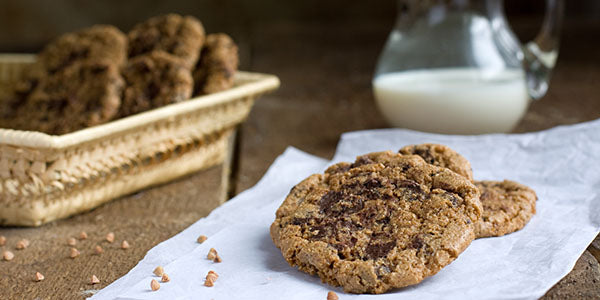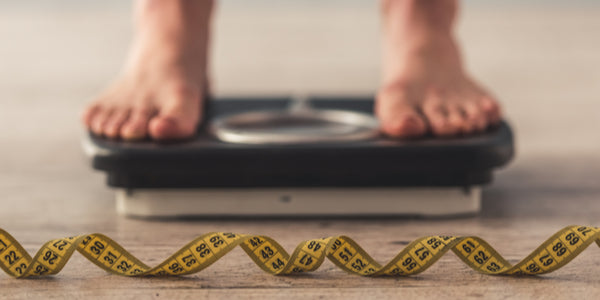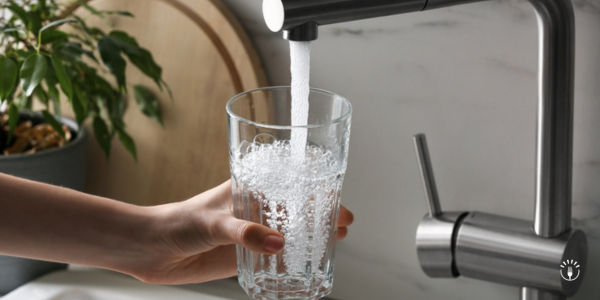
Some people choose to take the label “gluten free” to mean the same things as “healthy,” which is not an accurate assessment. The logic goes, for instance, that choosing gluten free cookies is an inherently healthier choice than choosing their regular gluten-containing counterparts. This is faulty logic, of course, because some gluten free cookies contain more calories than regular cookies. The fact that a product is labeled gluten free is in no way an indication that the product is any more or less healthy than any other.
Case in point: Betty Crocker Cookie mixes.
As of this article’s writing the regular dry, unprepared chocolate chip cookie mix contains 120 calories in 3 tablespoons. Compare that to the gluten free version which contains 165 calories in the same 3 tablespoon serving of dry unprepared mix, and you can see why gluten free does not equal healthy. Gluten free junk food is really still just junk food. This is just one example, however. Let’s take a look at what the science says.
The Science of Gluten Free
Researchers in Spain compared the nutritional composition of 206 different gluten free food products against the composition of 289 equivalent gluten-containing foods in the diets of 58 adults. They measured their diets using questionnaires, 24 hour food recalls, as well as food photography to determine portions. They found major differences in calories, fat, protein, and carbohydrates, as well as differences in fiber between the gluten free diet and the normal diet.
Some of the major differences that explain why gluten free does not mean healthy—gluten free diets averaged significantly more calories overall, and specifically more from carbohydrate-rich foods such as dough, breads, and flour-containing foods. These unhealthy gluten free foods all contained more fat than the normal versions of the food, and less fiber and protein, too.
This combination of lower protein, higher fat, and less fiber is a recipe for disaster for keeping your hunger at bay. This mix of differences means that many gluten free foods will be higher in calories, and leave you hungrier when you are following a gluten-free diet. Keeping gluten free junk food out of your meal plan when you are going gluten free is a must-do if you are trying to lose weight.
Where Did All of the Protein Go?
The protein content of gluten free foods is also drastically reduced in most gluten free food products. To explain this, researchers highlight that gluten itself is a protein, and when you remove it from foods, you are removing some of the protein content of that food. Research shows that women are much worse than men when it comes to upping their protein intake on a gluten free diet, so ladies—heads up—you need to find ways to add healthy, lean, protein to your diet when you go gluten free. Ensuring you get enough protein (between 90-120g per day) will help keep you full and satisfied, so your desire for gluten free junk foods will simply disappear.
Gluten Free Diets and Weight Loss
A common misconception is that going gluten free is a fast way to lose weight, but this is not always true. Anytime you cut out almost a whole food group, you will most likely decrease your calories each day, which is more likely the real reason people lose weight when they switch to a gluten free diet. If you begin to add in high-calorie, low fiber high fat foods gluten free junk foods back into your diet, you will most likely gain that weight back. However, if you have a true food sensitivity to gluten, you can certainly benefit from avoiding it entirely, and you’ll absolutely want to make sure that you avoid gluten free junk food in order to maintain a healthy weight.
Another nutritional concern of a gluten free diet is that gluten free junk foods are rarely fortified. In fact, about 30% of people consuming a gluten free diet have nutritional deficiencies in protein, fiber, and certain vitamins and minerals such as b-vitamins B1, B2, B6, folate, magnesium, and iron. These specific nutrients are fortified in most normal grain products in the United States, but most gluten free foods are not fortified with these nutrients following processing.
Getting Gluten Free Right
At bistroMD we offer gluten free meals that contain ingredients that are naturally gluten free—like fish, chicken, vegetables, and quinoa—which are all part of a healthy weight management plan. Because bistroMD gluten free meals contain high-quality protein and just the right amount of fiber, each meal will help you feel full after you eat—making it super easy to steer clear of gluten-free junk food.
References:
Miranda J1, Lasa A, Bustamante MA, Churruca I, Simon E. Nutritional differences between a gluten-free diet and a diet containing equivalent products with gluten. Plant Foods Hum Nutr. 2014 Jun;69(2):182-7. doi: 10.1007/s11130-014-0410-4. PMID: 24578088.
Martin J, Geisel T, Maresch C, Krieger K, Stein J (2013) Inadequate nutrient intake in patients with celiac disease: results from a German dietary survey. Digestion 87:240–246. PMID: 23751356








